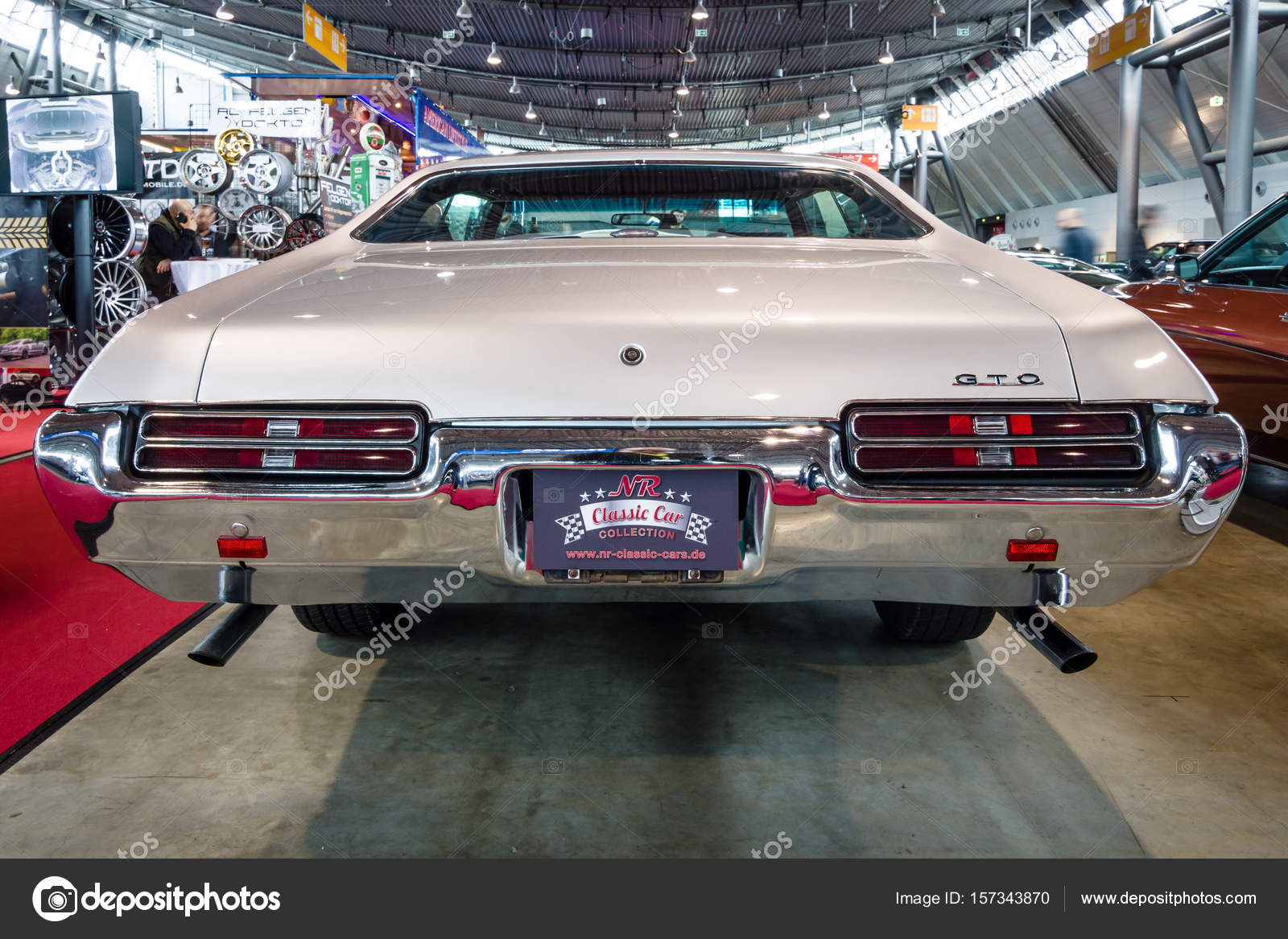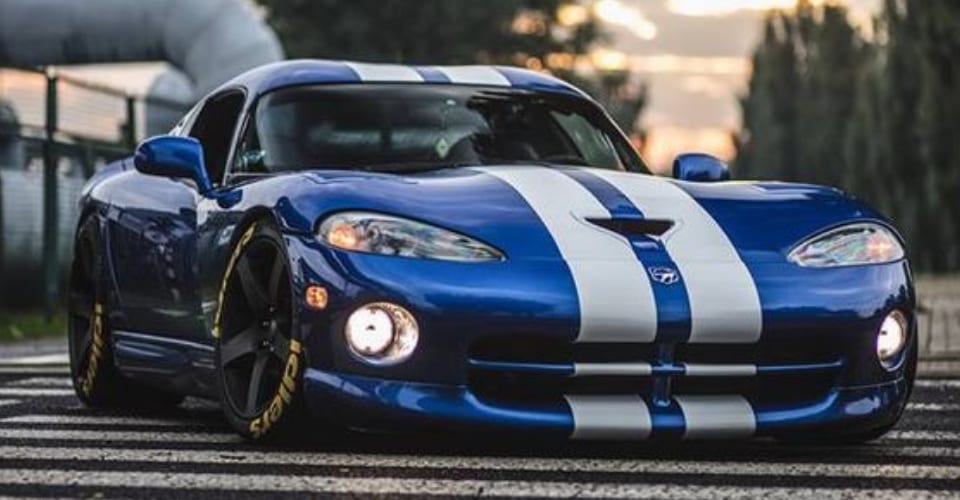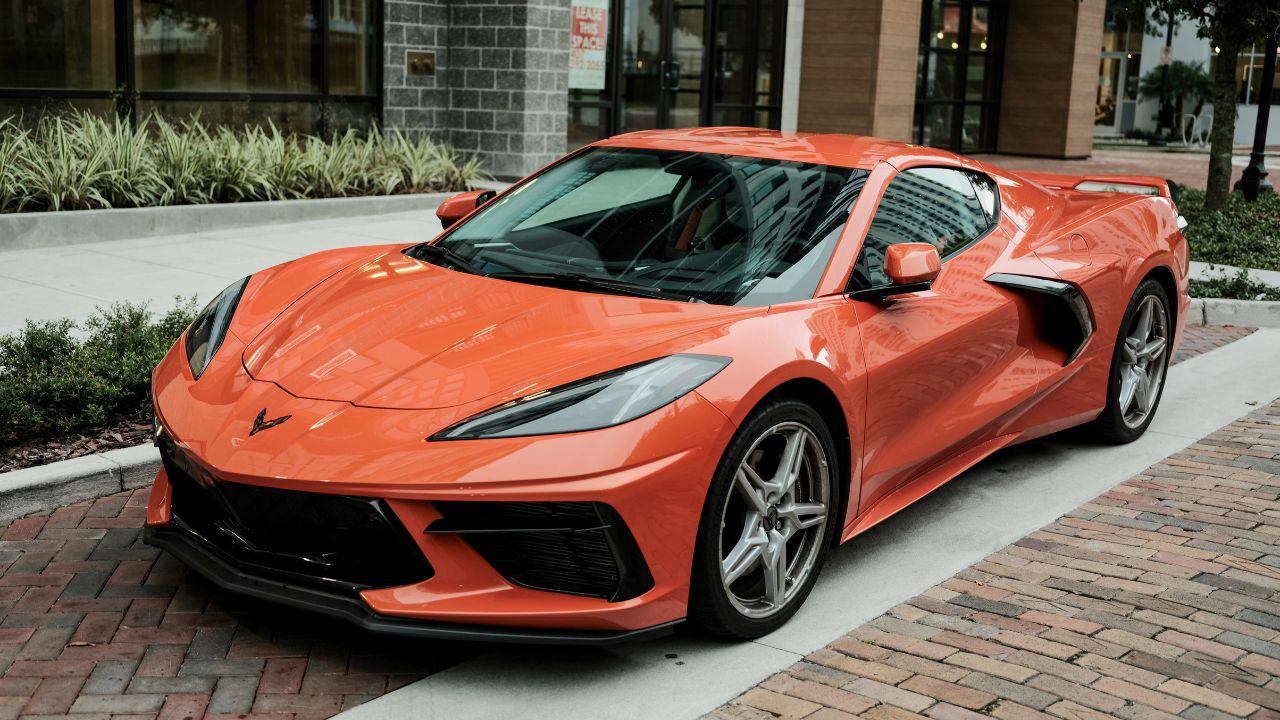
There are many different types of police cars from the 1990s, so it's hard to pick just one. This article is about the Ford Crown Victoria Police Interceptor and Dodge Diplomat. It also includes information about the Plymouth Gran Fury and Camaro. Each car is unique and has its own qualities that make them excellent police cars. There is one car that stands out from all the rest: The Camaro.
Ford Crown Victoria Police Interceptor
Ford Crown Victoria Police Interceptor, a mid-size police car, was built on a frame-on-body platform. It was a popular choice for taxi companies, law enforcement organizations, and fleet buyers. The vehicle's body-on frame construction made repairs quick and simple. The vehicle has its flaws. This article will look at some of them. This vehicle might not be right for you.
The back seat of the police vehicle is covered with a steel plate which prevents stabs from suspects. A break is also included in the seat of the police car for additional safety. It comes with a column mounted shifter for simplicity of use. It comes standard with an all-wheel drive powertrain. The vehicle comes standard with larger brake rotors as well as an advanced ABS cooling and ABS system.

Dodge Diplomat
The 1988-1990 Dodge Diplomat Police car was a stylish, reliable machine which made it the ideal vehicle for fleet use. The vehicle was equipped with a 318ci V8 motor that produced 140 horsepower and had roller valve lifters. Although the Lean Burn ignition method was still in operation in 1988, its shortcomings had been resolved. The car was featured in many movies and television shows of the 1980s.
The Dodge Diplomat was the only intermediate model. It was the second most-sold vehicle in 1977. A padded knee blocker was also included on the dashboard of the Diplomat. It topped off with a black vinyl top. The Diplomat was also popular with police fleets due to its affordability and reliability. But it was not long-lasting and the Dodge Dynasty replaced the vehicle in 1990.
Plymouth Gran Fury
1989 Plymouth Gran Fury Police Car was one of the last full-size R body police cars made by Mopar. It is powered by a 318 ci V8 and has an automatic TorqueFlite transmission. It has only 67,000 kilometers and has been modified using a police package. The original intention of the burgundy paint was to make it suitable for display in a New Jersey Museum. Gran Fury, a 1990 police car, has a very limited production run.
Gran Fury's hardtop and pillared design are the first ever of their kind. The first version of the Gran Fury was a pillared coupe that debuted in 1970. In 1971, it received a two-door hardtop body. The Fury Gran Sedan received a hardtop sedan in 1972. While only a few Furys saw use by police departments in 1970s, this model was a big success for the company.

Camaro
Boones Mill, Virginia's police department ordered a 1990 Chevrolet Camaro, on the first day that production began. This was before the B4C option was available. It had a 5.7-liter V8 and an automatic transmission. The drivetrain has 73,000 miles. The B4C Package adds 16 inch aluminum wheels, an oil cooler, and disc brakes to all four corners. The seller plans to sell the car for $20,000 which would make it an attractive investment.
The GM Camaro was a successful car but it was not a good car for police. The police force found the Chevrolet B4C to be a far superior car. The Chevrolet B4C was powered by a Corvette-inspired 5.7-liter V8. It could reach speeds up to 150 mph. The car was beloved by state troopers. This car also had more horsepower and was faster than its predecessor.
FAQ
What qualifications are necessary to become a truck driver mechanic?
Although you don't need to have any formal qualifications, your experience working with trucks and engines is invaluable. Your knowledge is valuable as you are able to quickly diagnose problems and work efficiently.
Your knowledge of diesel technology will allow you to identify the parts that are required to fix our vehicles.
What type of job is there for a car mechanic?
There are three major areas of employment that car mechanics work in:
-
Automotive repair shops
-
Dealerships
-
Independent garages
Automotive repair shops
This is the place most people begin to consider becoming mechanics. It's actually the easiest way to start. You can either work in a shop run by someone else, or start your business.
If you plan to work in a shop, you must apply to join the union. After being accepted into the union, the union will provide training.
After completing the training, you'll be ready to start work.
You will need to register if your garage is going to be open. After you register, you will be required to meet specific standards.
After you register, you will be granted a license for your garage to operate.
Your license allows for minor repairs and spare parts sales. It will not allow you to repair major engine problems.
In addition to selling spare parts, you'll also be expected to offer advice and guidance to customers.
Dealership jobs
Many dealerships have mechanics who are experts in one particular area. For example, they might only deal with brakes or only replace tires.
However, some dealerships also hire general mechanics who can handle all aspects of car repairs.
Some positions require that applicants complete training before they can be allowed to work. Employers can then choose the best candidates for their job.
Some dealerships hire students straight out of college. These graduates are familiar with the fundamentals of mechanical engineering so they can easily learn about cars.
Independent garages
Independent garages aren't associated with any particular dealership. Instead, they focus on high-quality customer service.
Because independent garages aren't affiliated with any company, they can afford to pay higher wages. Because these jobs don't have to be associated with any company, they can generally offer better wages than dealerships.
Independent garages can be just as good places to work, but this does not mean they are better. Many business owners prefer to manage their own businesses rather than delegating responsibility to others.
So you may find yourself working long hours without having any say over what happens during the day.
You should also expect to earn lower wages than if you were employed at a dealership.
The good news? You can easily switch between different types of jobs. It is possible to switch between different types of jobs if your current employer would prefer you to work at a dealer.
Alternativly, you can apply directly to the garage owner if you are interested in working at an independent garage.
Unfortunately, finding a new job can be difficult. There are many factors that affect how much you make.
This could include the type of vehicle that you are working on and whether or not you charge an additional for labor.
How can I fix my car as a hobby?
You might be interested in cars as a hobby. You can learn to fix them, buy them parts, and even sell them. It would make a great pastime if you're looking for something different to do.
It's not an easy task to make this a full-time job. It takes dedication and hardwork. It requires a lot investment.
You may not be able to have an emotional connection with cars unless there is a valid reason.
Is it easy to get a job as an automotive mechanic?
Yes, it's possible. Many garages have vacancies that are advertised online. Many people apply because they think it will be fun. Applying for several positions and seeing if they accept student applications is a good way to get your foot into the door. Ask your friends and family to recommend anyone in the field. They may be happy to recommend someone.
How long does it take you to become a great mechanic?
Expert mechanics take years of practice and extensive experience. A professional mechanic will teach you how to fix cars.
You will need to spend some time in a garage to learn as much about cars and mechanics as possible. It is important to get familiar with the mechanics of cars and engineering.
You will also need to go to auto school.
The most important thing is to start early. It doesn't matter if you're old or not to study automotive technology. You can get certified as a mechanic by getting started right away!
What is the difference?
Both are related, but they are not the same. An automotive technician maintains cars, while a mechanic repairs them.
A mechanic must possess good manual dexterity, and be able perform simple tasks efficiently. They must also be able to diagnose problems accurately and repair them effectively.
An automotive technician must be more technically proficient than a mechanic. They must be capable of reading blueprints and using tools such as drills, wrenches, etc.
They should be able safely to perform complex procedures. They should also be familiarized with the different types of engines as well as electrical systems.
They must also be capable of understanding how parts interact.
The result is that a mechanic often earns less than an auto technician. But there are many opportunities for both jobs.
Statistics
- There were 749,900 jobs available for automotive service technicians and mechanics in 2016, which is expected to grow by six percent through 2026. (jobhero.com)
- According to the BLS, total auto technician employment is expected to exceed 705,000 by 2030. (uti.edu)
- 52% of Mechanics in the United States think their salaries are enough for the cost of living in their area. (indeed.com)
External Links
How To
How to correctly diagnose your vehicle for repairs
Before you can determine if your car requires repairs, it's important to first analyze the symptoms. You can then follow these steps for a proper diagnosis of your vehicle.
-
Check engine lights. You should inspect the dashboard lights, such as the engine light indicator and the oil pressure gauge. Also, check the battery light indicator. If they have been flashing for more days than usual, it could be a sign that something is wrong with the vehicle.
-
Examine the treads of the tires. Tires with worn treads could cause problems when handling or braking. The treads of the wheels should be inspected as well. You should ensure that they are clean and smooth. It is best to take off the wheels and remove them. A flashlight can be used to check how worn the treads are.
-
Observe the brake fluid level. You must always monitor the level of your brake fluid. This ensures that your brakes work properly. Your brakes may fail if the brake fluid level drops.
-
Make sure to test the suspension system. A suspension system is designed to absorb vibrations and shocks. It gives you better control and allows for smoother accelerations and decelerations. You might notice a wobbly feeling or uncontrollable shaking in your vehicle if it has a problem with its suspension. To test whether your vehicle has a suspension issue, try putting weight on the front or rear axle and observe the movement.
-
Take a look at the steering column. The steering columns are what connect the steering knob to the rest. Steering columns can be damaged by accidents. If yours feels loose or shaky, you should replace it.
-
Pay attention to the exhaust pipe. The exhaust pipes transport gases from the combustion chamber to outside. Exhaust pipes that are cracked or leaking can allow harmful fumes to enter your cabin. Also, if your tailpipe is bent, you should fix it immediately.
-
Look under the hood. If you see anything unusual, take a look under the hood. There could be fluid leaking from your engine. You should also contact a professional technician if there is an unusual odor coming from the engine compartment.
-
The air filter should be checked. The outside environment can collect dust and other debris in your vehicle's air filters. A dirty filter can lead to a poor vehicle's performance. Replace your air filter regularly.
-
The fan belt should be checked. Your vehicle's fanbel is what connects the engine and the transmission. The engine will not turn if the fan belt breaks. Replacing the belt is simple. You only need a screwdriver or pliers to replace your belt.
-
The radiator hose and hoses should be checked. The radiator-hose carries water to the engine. It can cause hot liquid to leak onto the engine if it is damaged or cracked. You only need a pair of needle-nose pliers and a small wire brush to repair the hose.
-
Check the windshield wipers. Windshield wipers use electricity to remove snow and rain. If they stop functioning, they can leave streaks in your window glass. Simply change the washer oil to fix the problem.
-
Check the battery cables. Your car's electrical system is powered by batteries. Make sure you disconnect the negative cable before replacing batteries. Failure to do so can damage your alternator.
-
Be sure to check your headlights. The headlights provide illumination for the road ahead. They can make it difficult to see if they stop working. To check if the bulbs have gone out, you can inspect them.
-
Pay attention to the lights. When you approach them at night, the lights warn other drivers. You may be distracted by the light and end up in an accident.
-
Check the brakes. Brakes will reduce the speed of your car in case of an accident. If they aren't working correctly, you could lose control of your car and crash.
-
Change your oil. Oil keeps your engine lubricated. It prevents metal parts from rusting too quickly. It is recommended that you change your oil at least once per month.